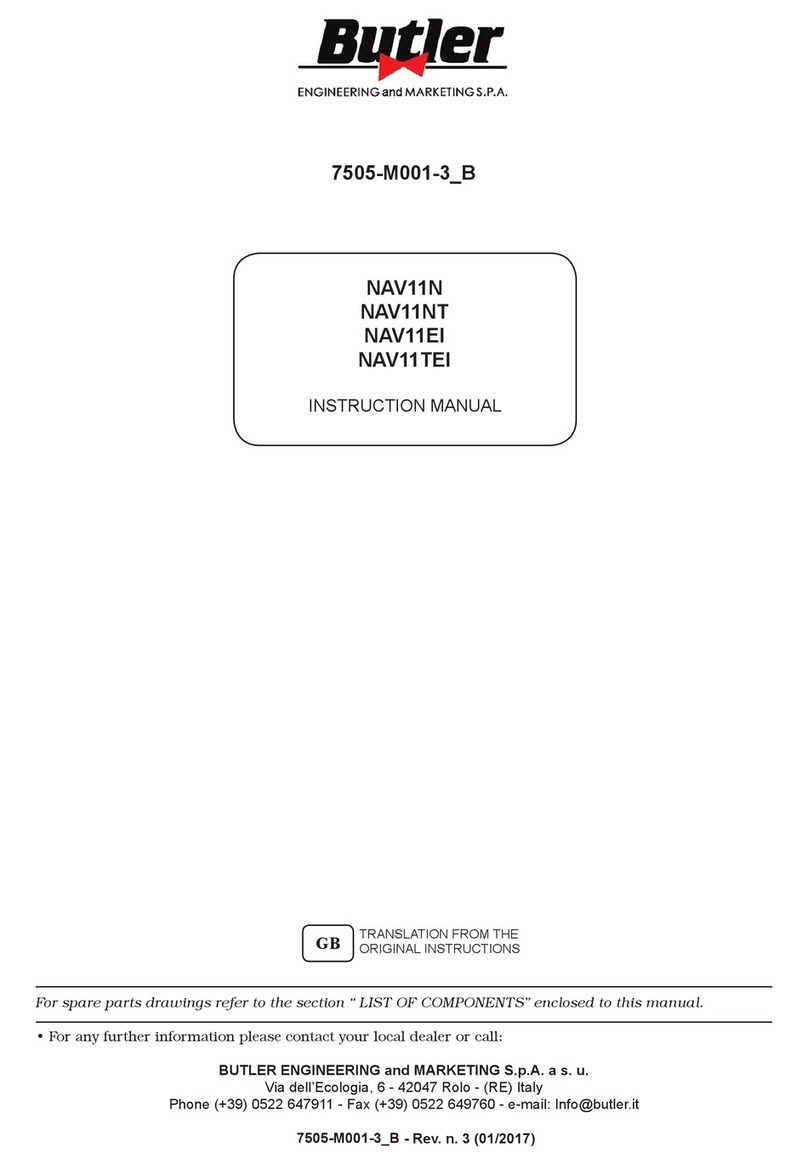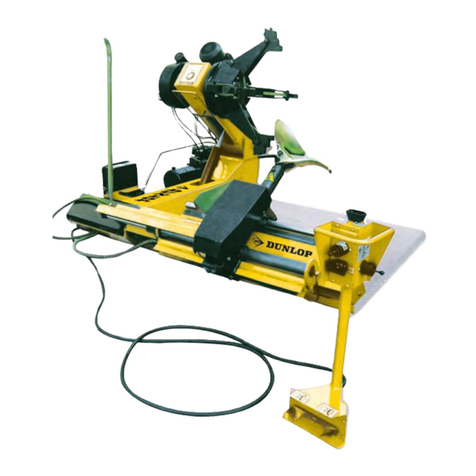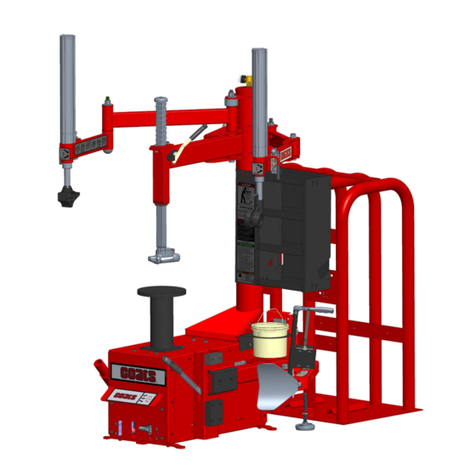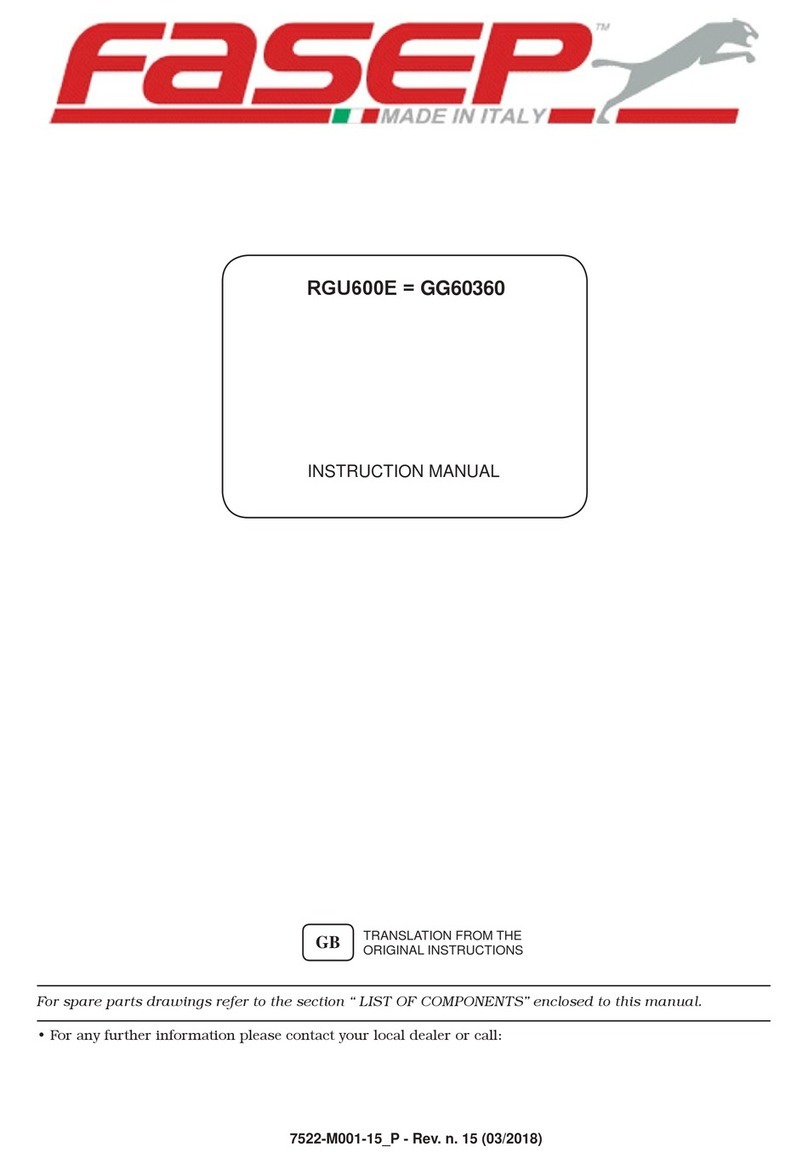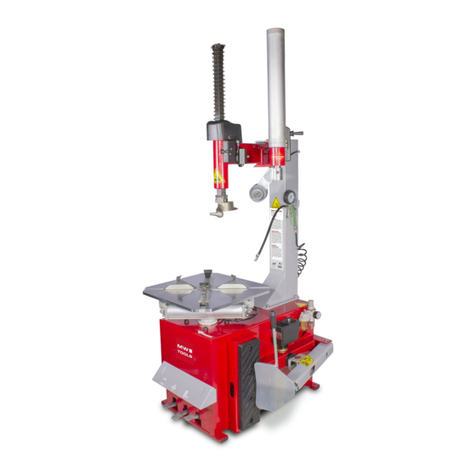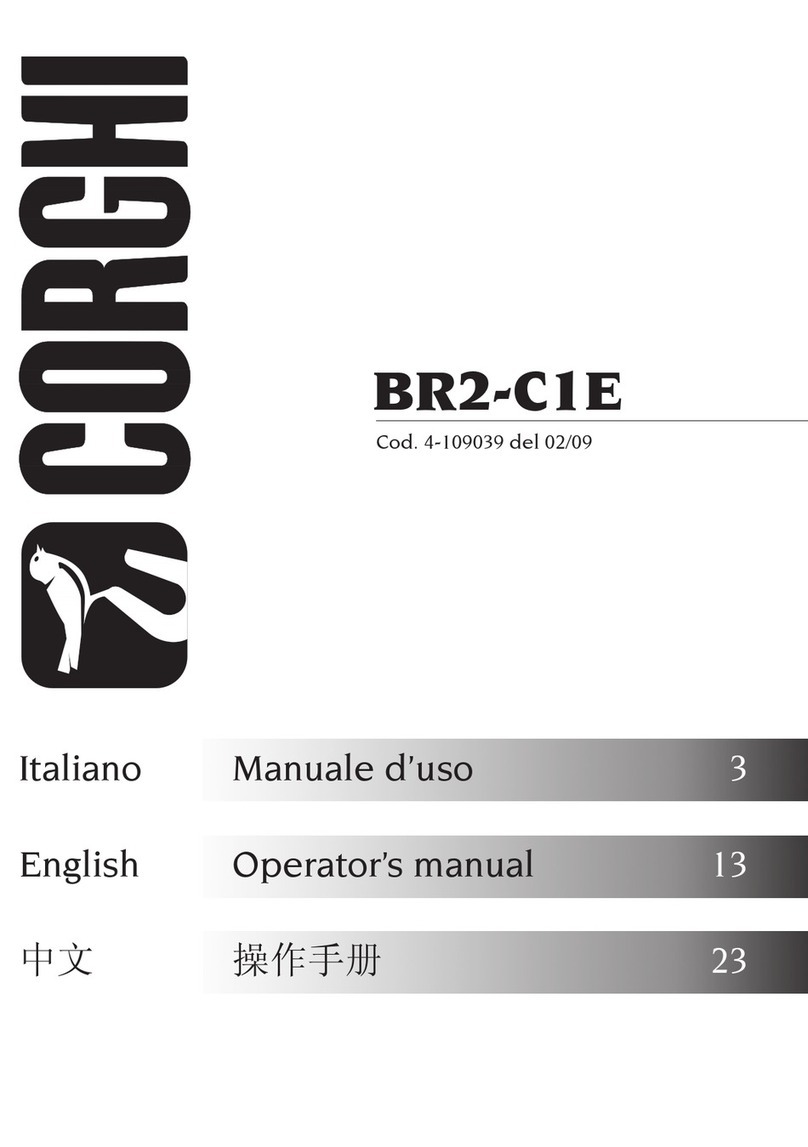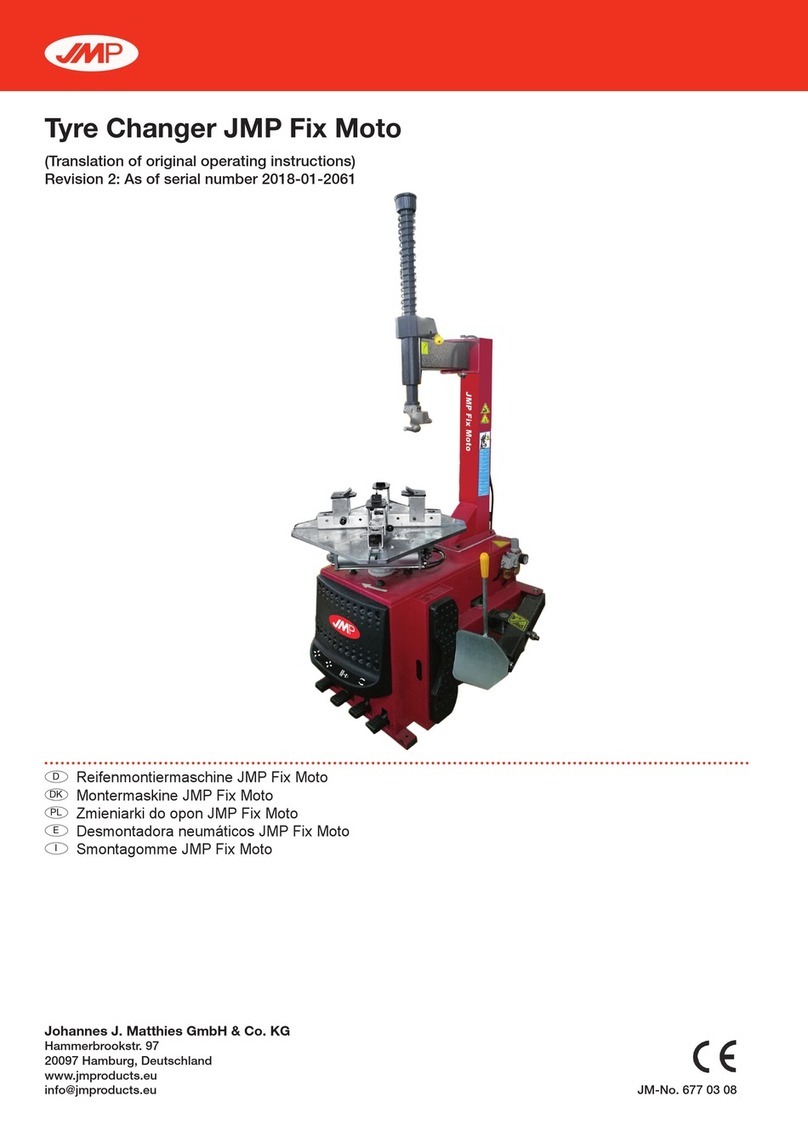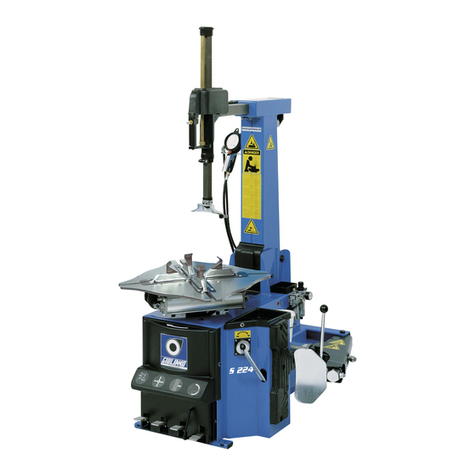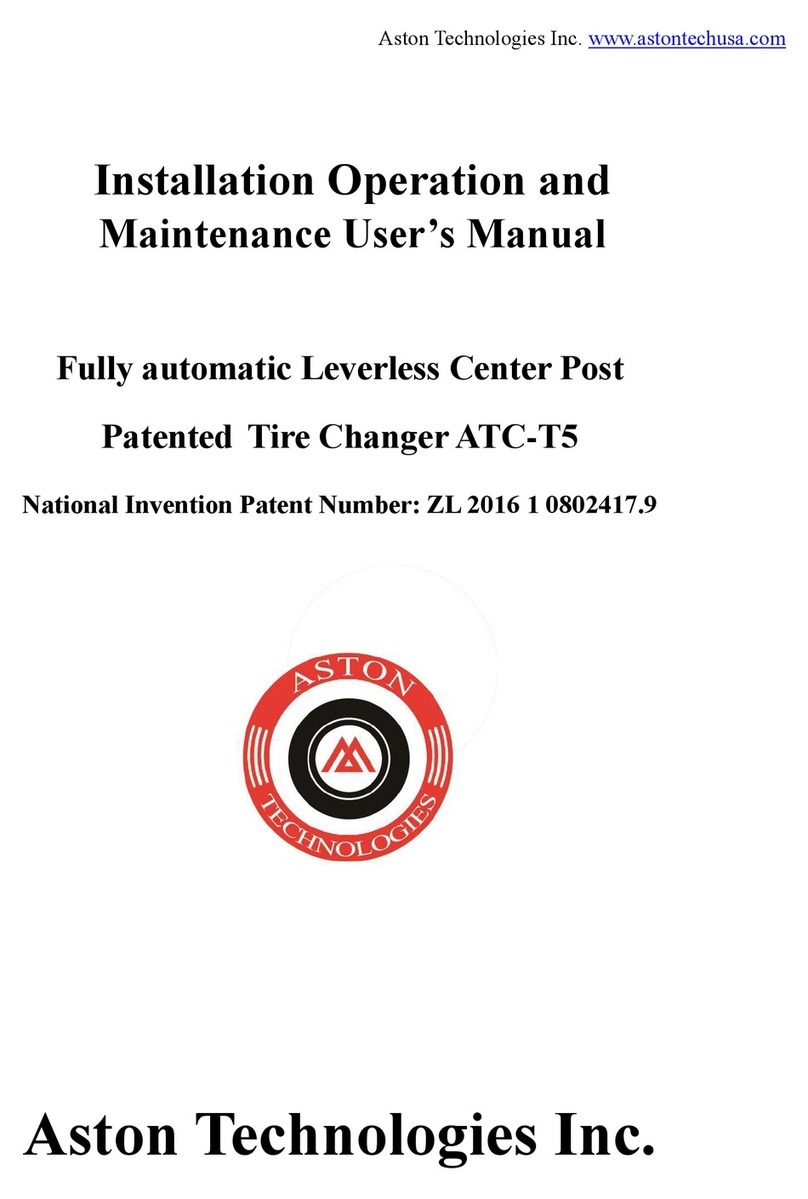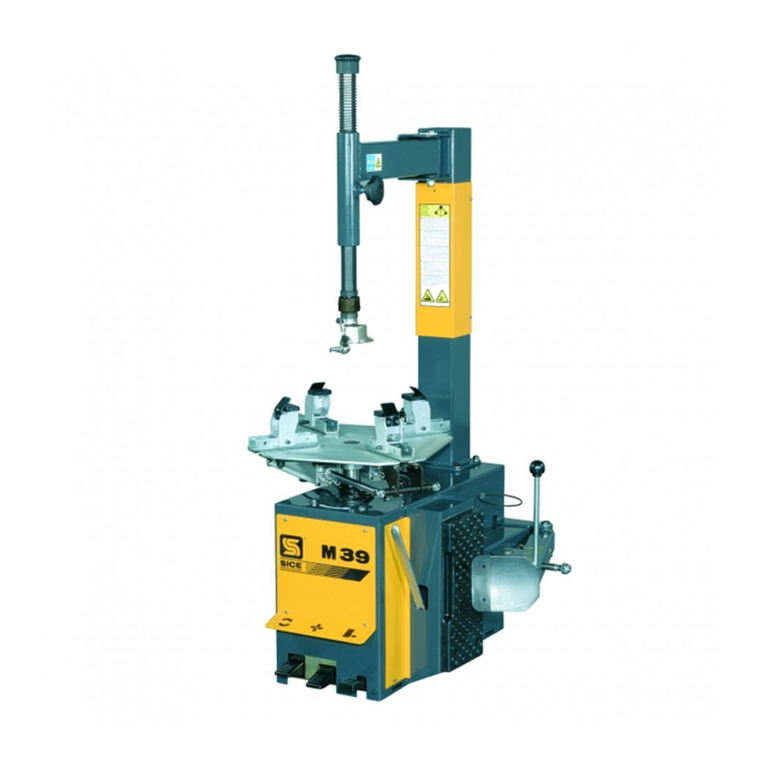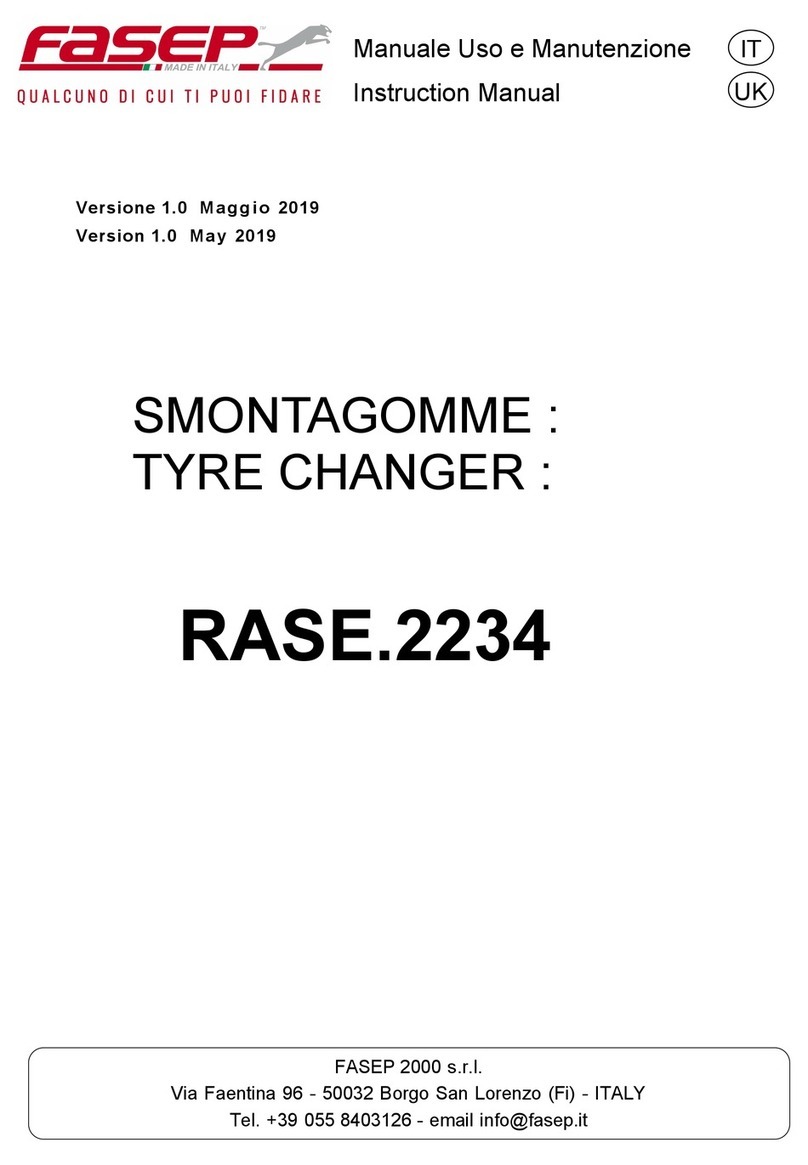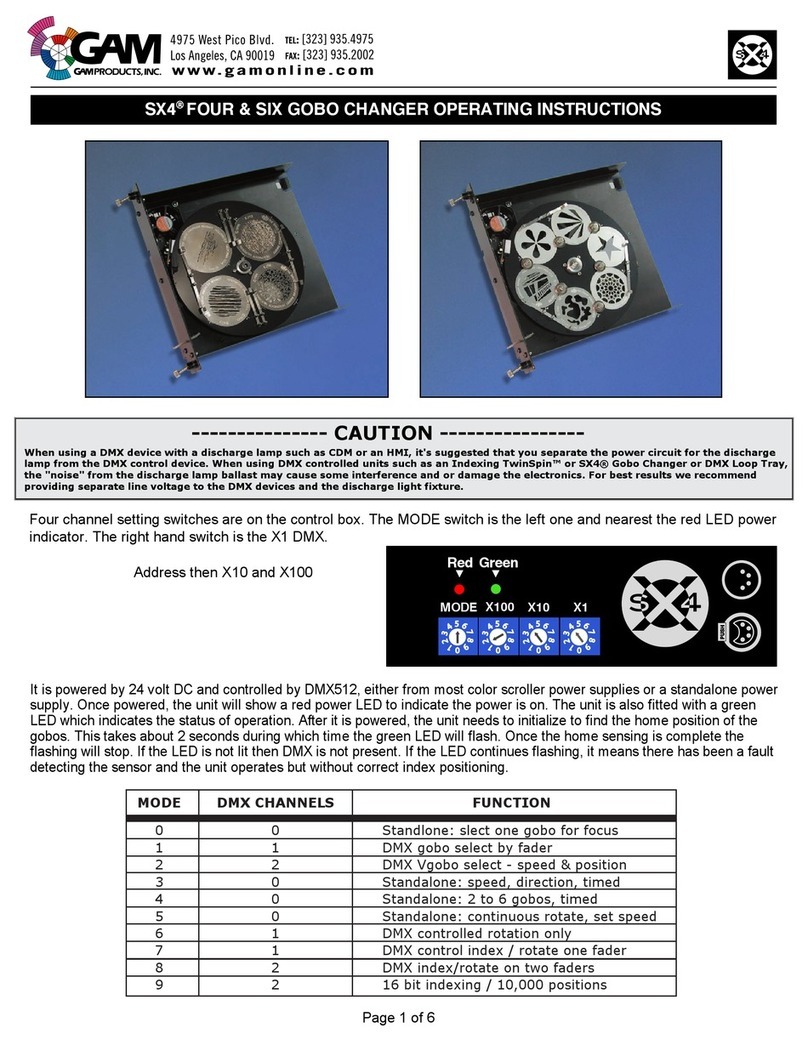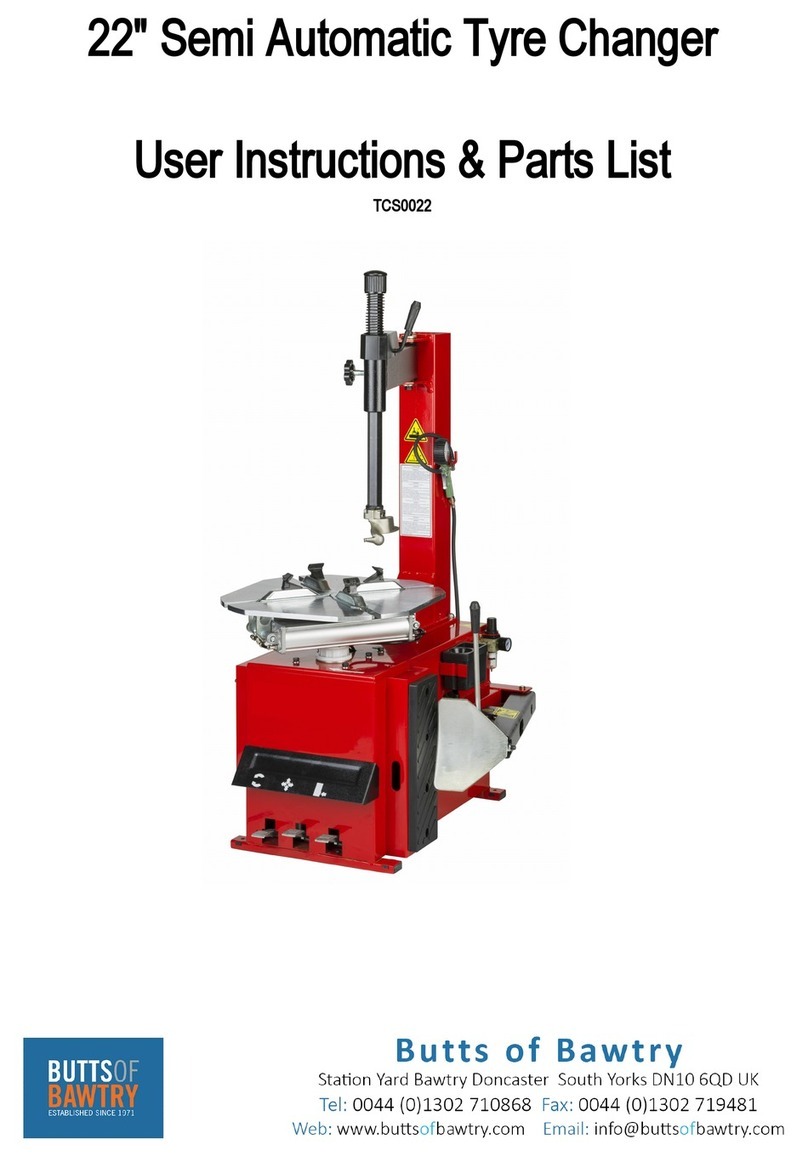
ii • Important: Always read and follow operating instructions.
Read entire manual before assembling,
installing, operating, or servicing this
equipment.
NOTICE
Table of Contents
General Information ................................................ iii
General Safety Instructions .................................... iii
Tire Specifications Diagram.................................... iv
Safety Instructions ................................................... v
Owner’s Responsibility .........................................v
Operator Protective Equipment ............................v
Definitions of Hazard Levels..................................v
Specifications........................................................... vi
Connections .........................................................vi
Working capacity..................................................vi
Layout Details ......................................................vi
Safety Devices .......................................................... 1
Safety Notices and Decals ....................................... 1
Warning Decal Placement.................................... 2
Remember R.I.M....................................................... 4
Principal Operating Parts ......................................... 6
Pneumatic Systems ............................................. 8
Description of the Machine Controls ...................... 9
Installation............................................................ 9
Space required for positioning ............................. 9
Tire-Changer placement and connections............ 9
Connection to the Compressed Air Supply .......... 9
Transport ..................................................................10
Unpacking ................................................................10
Set Up.......................................................................11
Wheel Clamping Operation with Smart Lock ...... 12
Wheel Unlocking ................................................ 12
Tightening Adjustment....................................... 12
Positioning the Valve .......................................... 13
Tire Classification ................................................... 13
Tire Pressure Monitoring System (TPMS) ............ 14
Bead Loosening ...................................................... 15
Upper Bead Loosening....................................... 15
Lower Bead Loosening ...................................... 16
Match Mounting................................................. 16
Tire Demounting..................................................... 17
Upper Bead Demounting ....................................17
Lower Bead Demounting ................................... 18
Tire Mounting ......................................................... 18
Lower Bead Mounting........................................ 18
Upper Bead Mounting........................................ 19
Inflation ................................................................... 20
Stages of Inflation .............................................. 21
Mismatched Tires and Wheels ........................... 22
Tubeless Tire Inflation......................................... 23
Standard Accessories ............................................. 24
Optional Accessories .............................................. 26
Maintenance ........................................................... 27
Standard Maintenance ....................................... 27
Machine Overhaul .............................................. 28
Troubleshooting Chart ........................................... 29
RIM Chart ................................................................ 32

